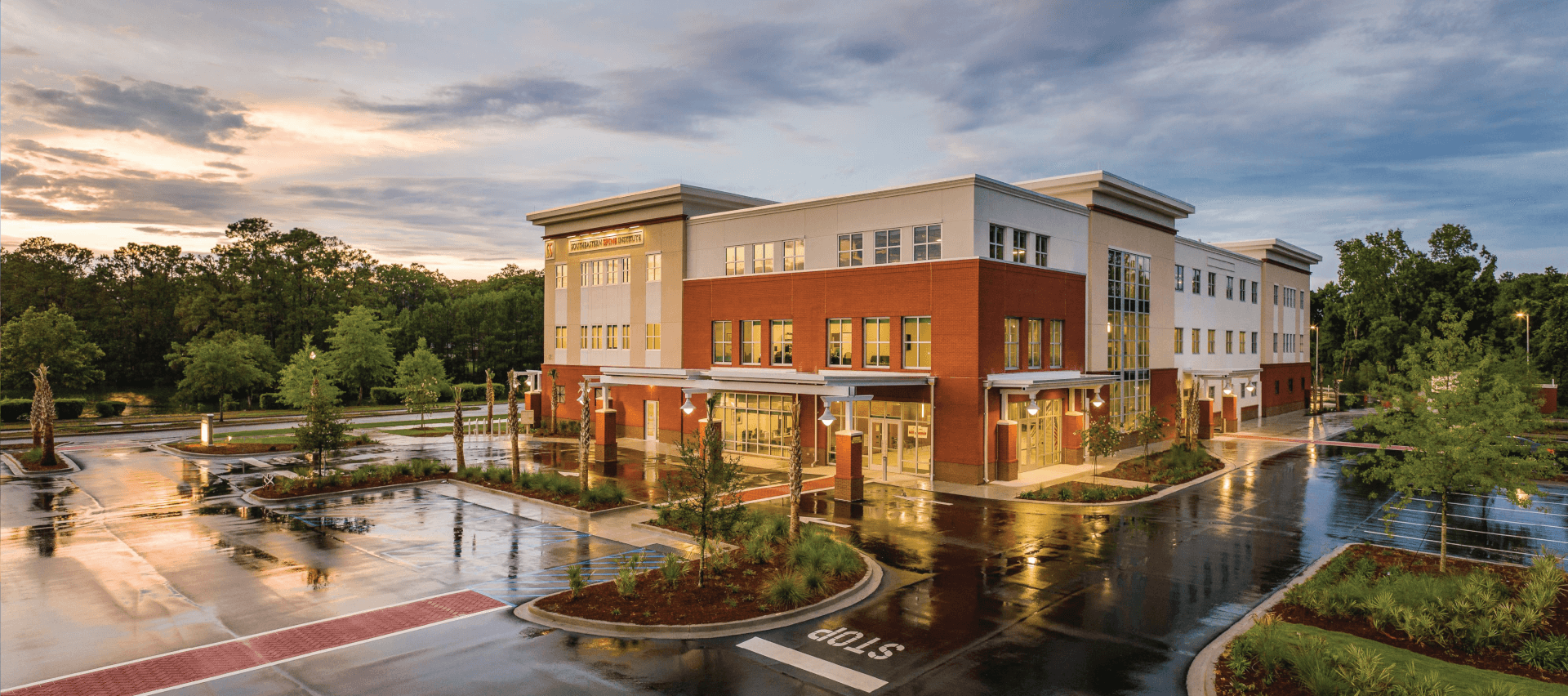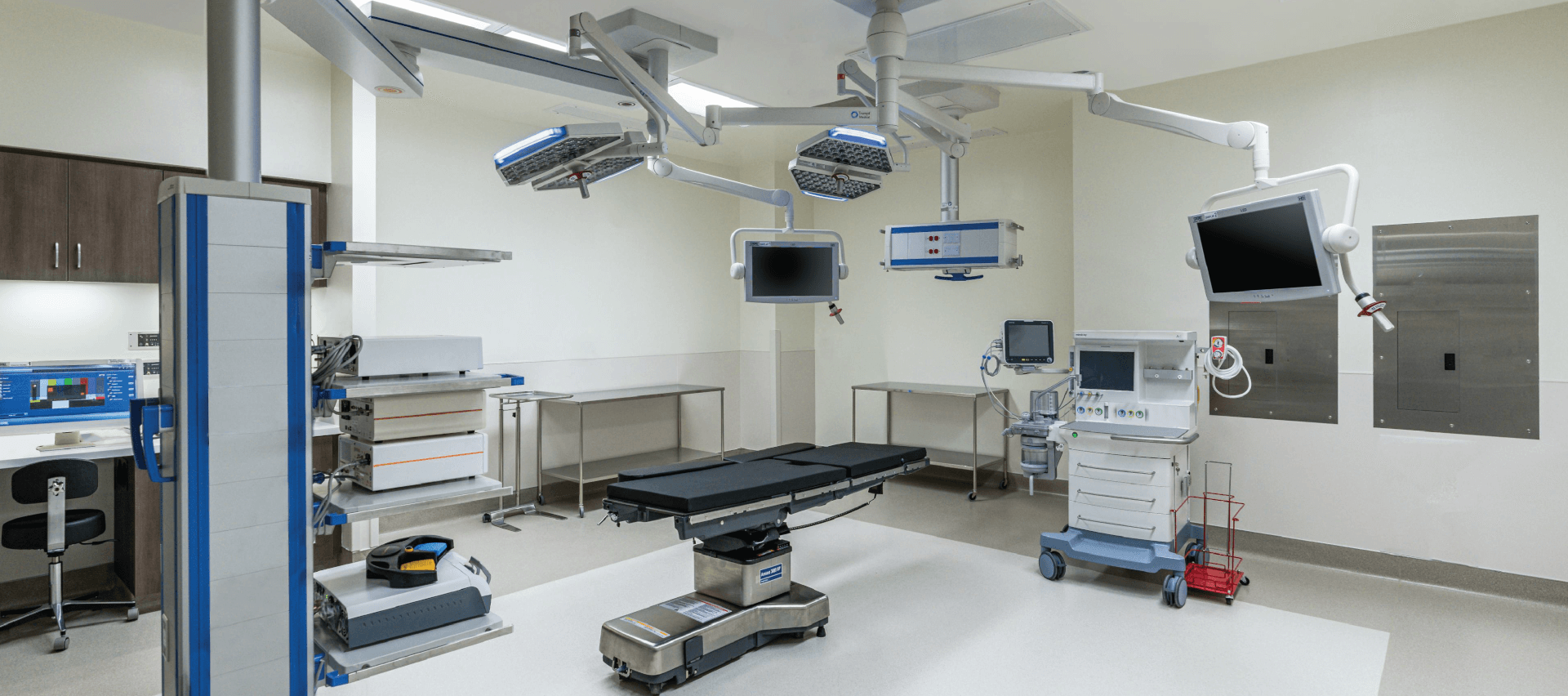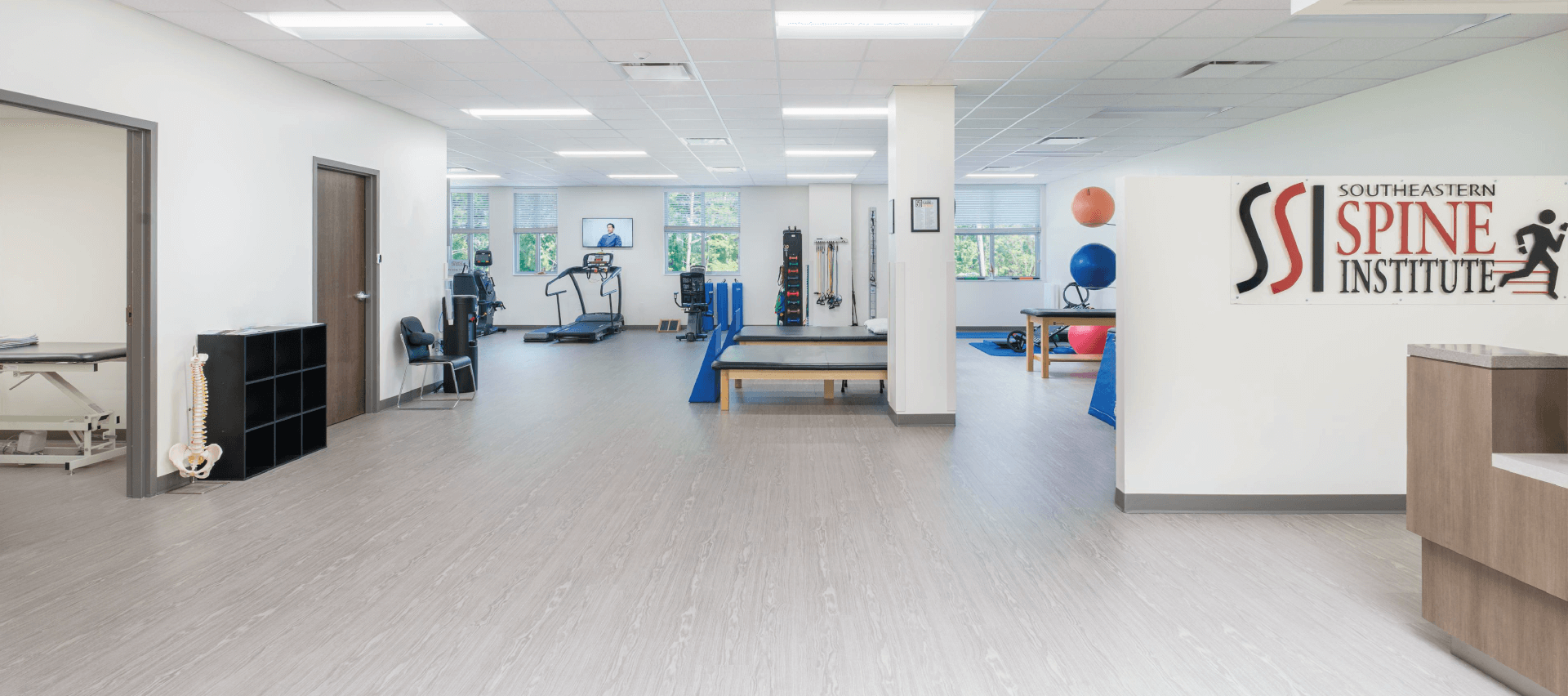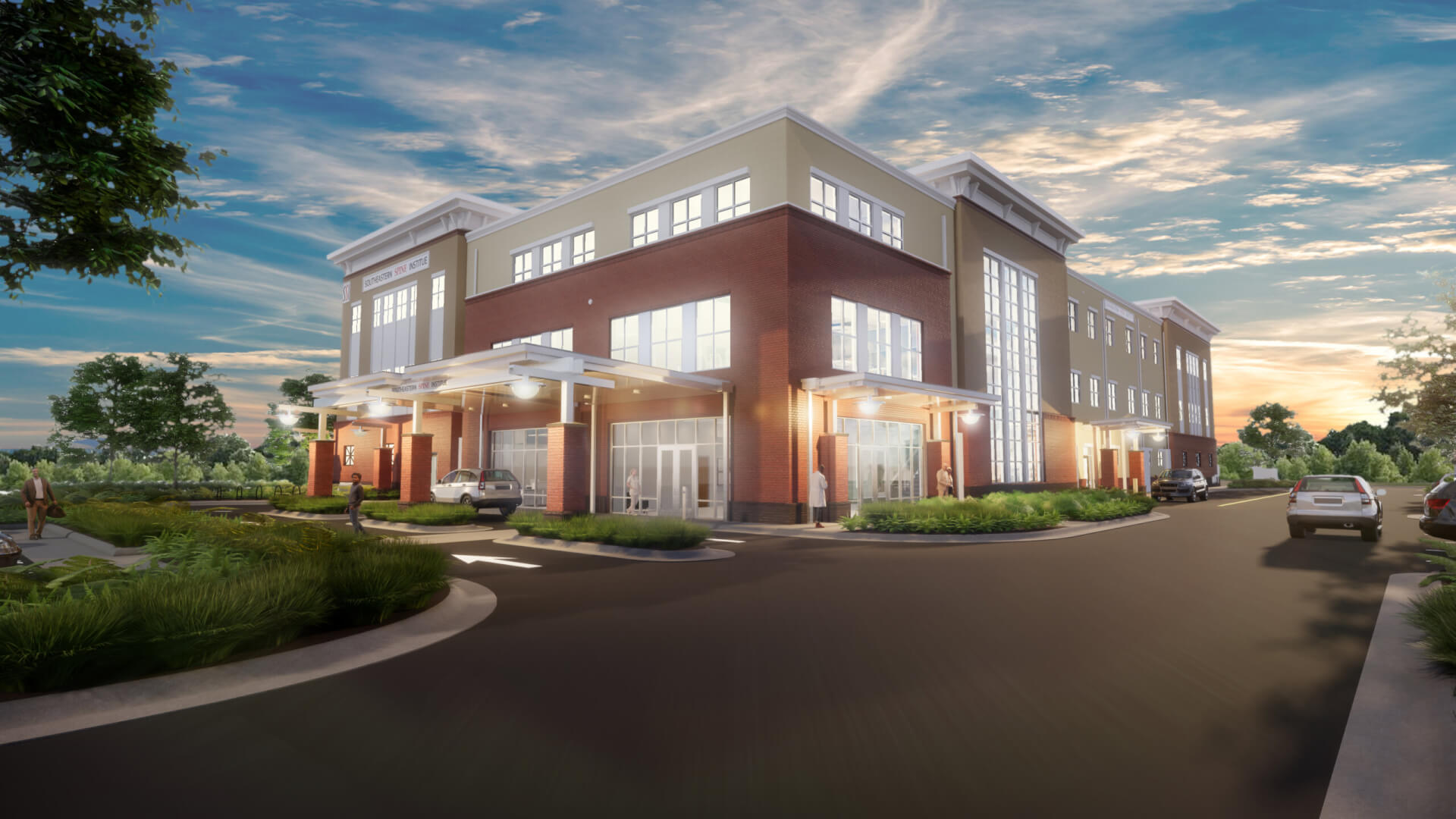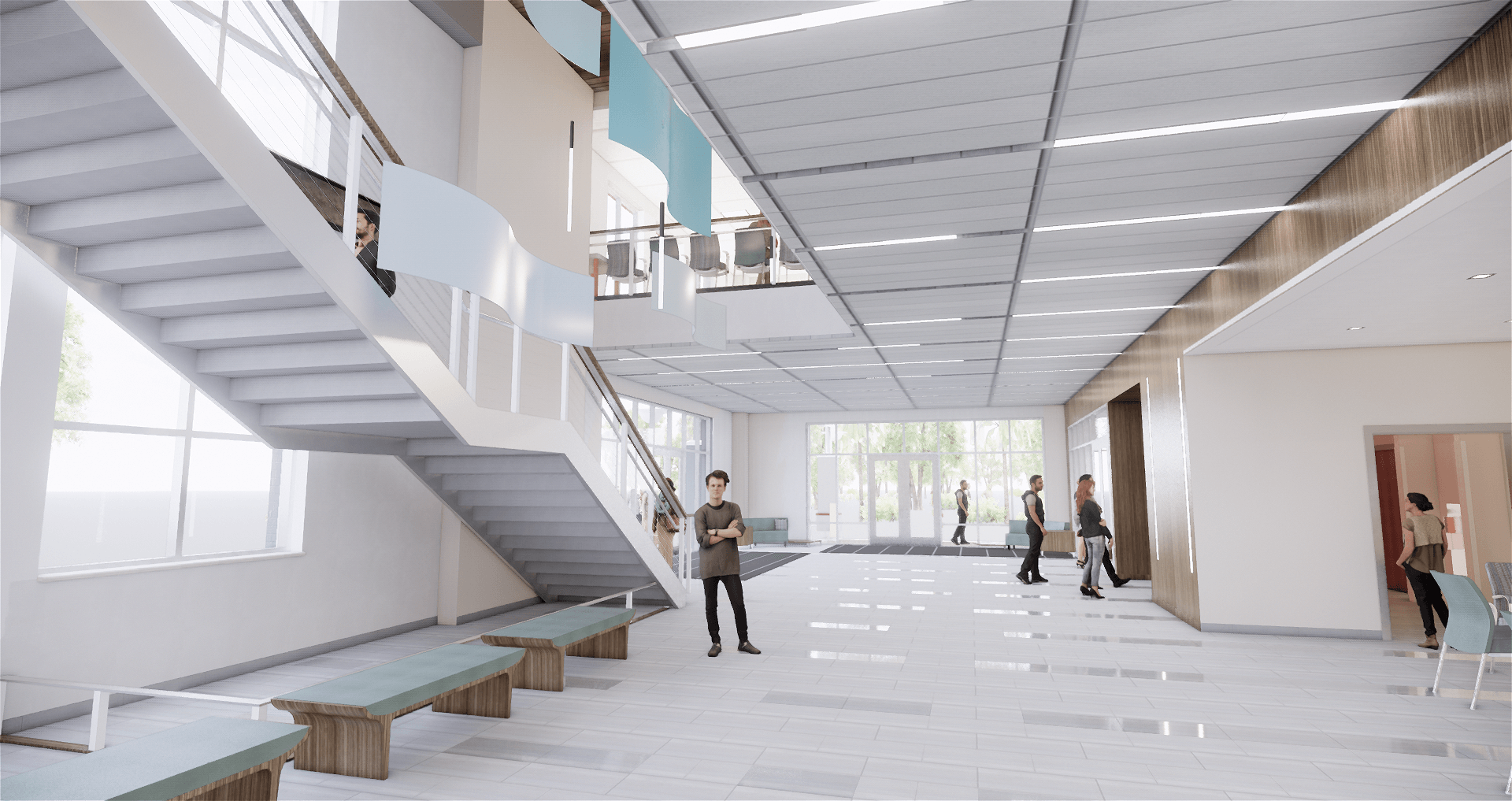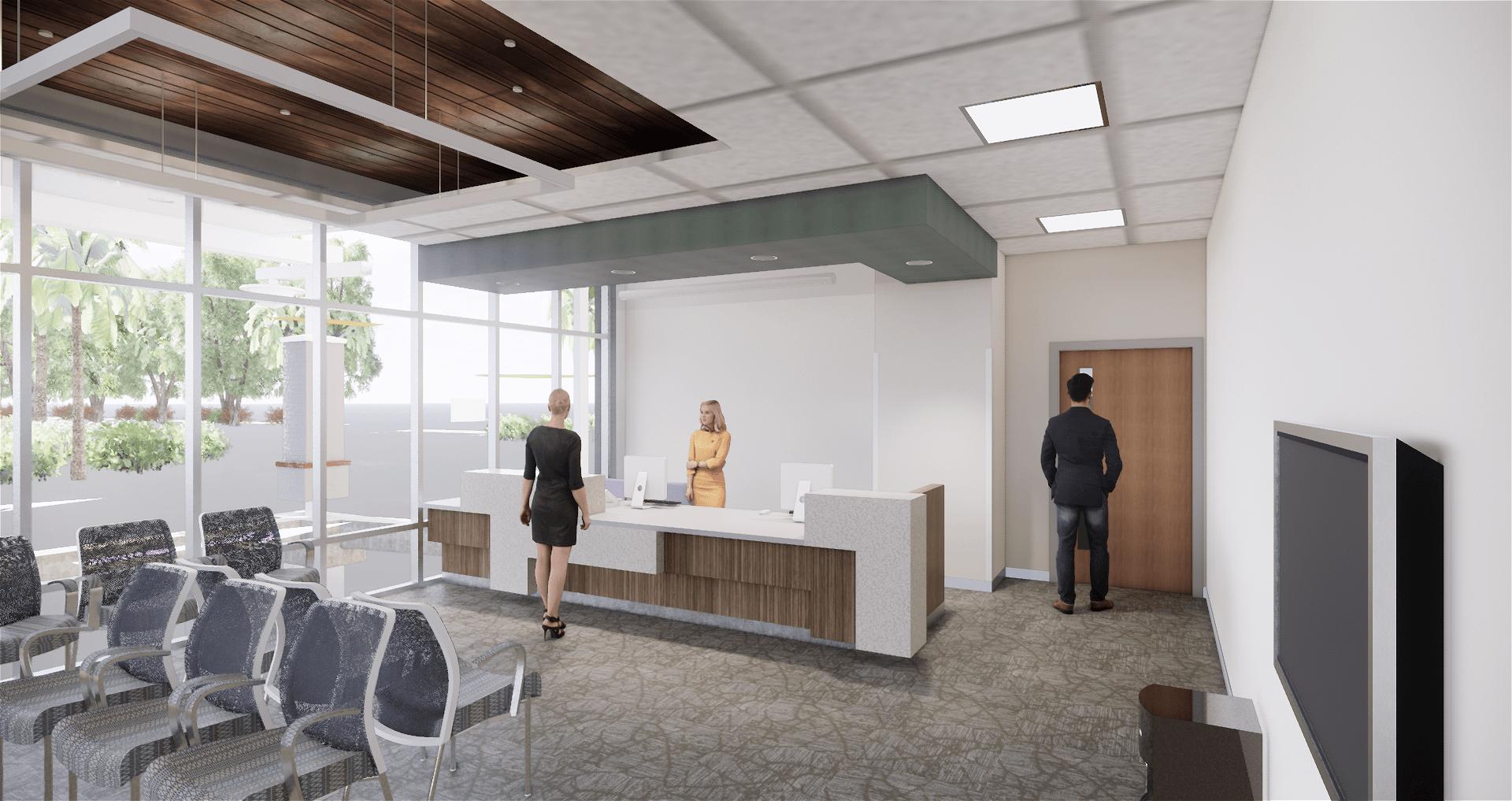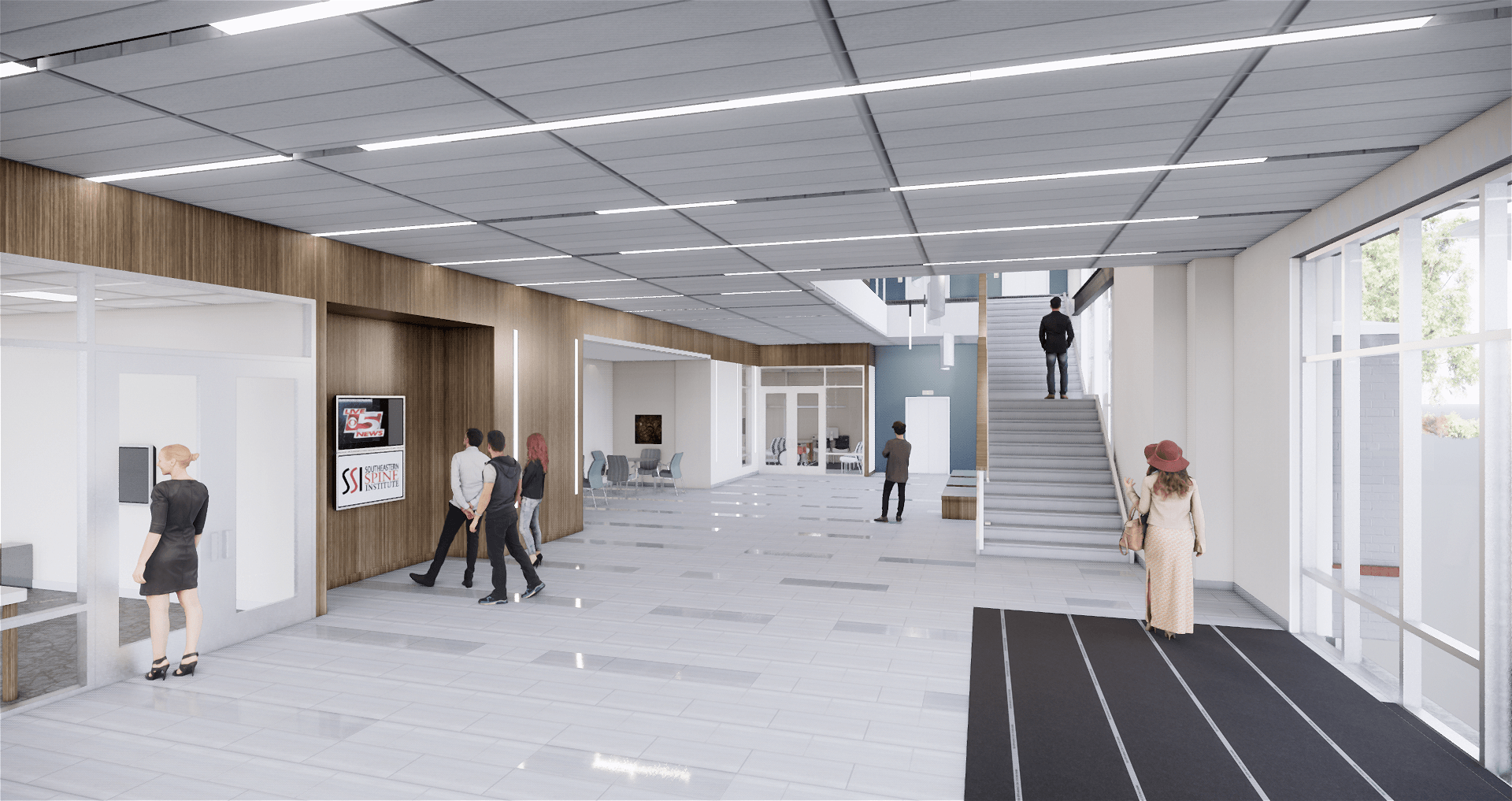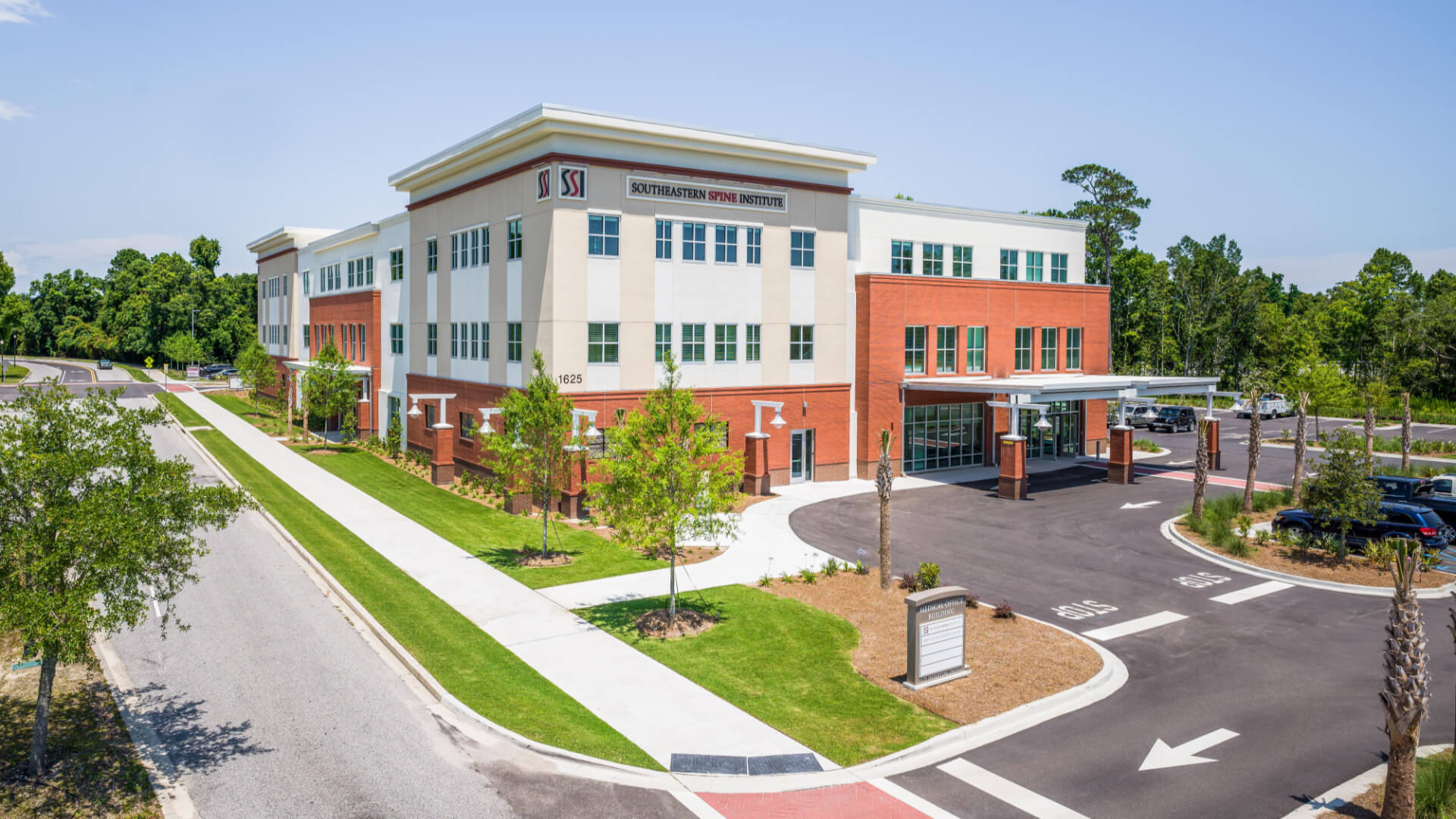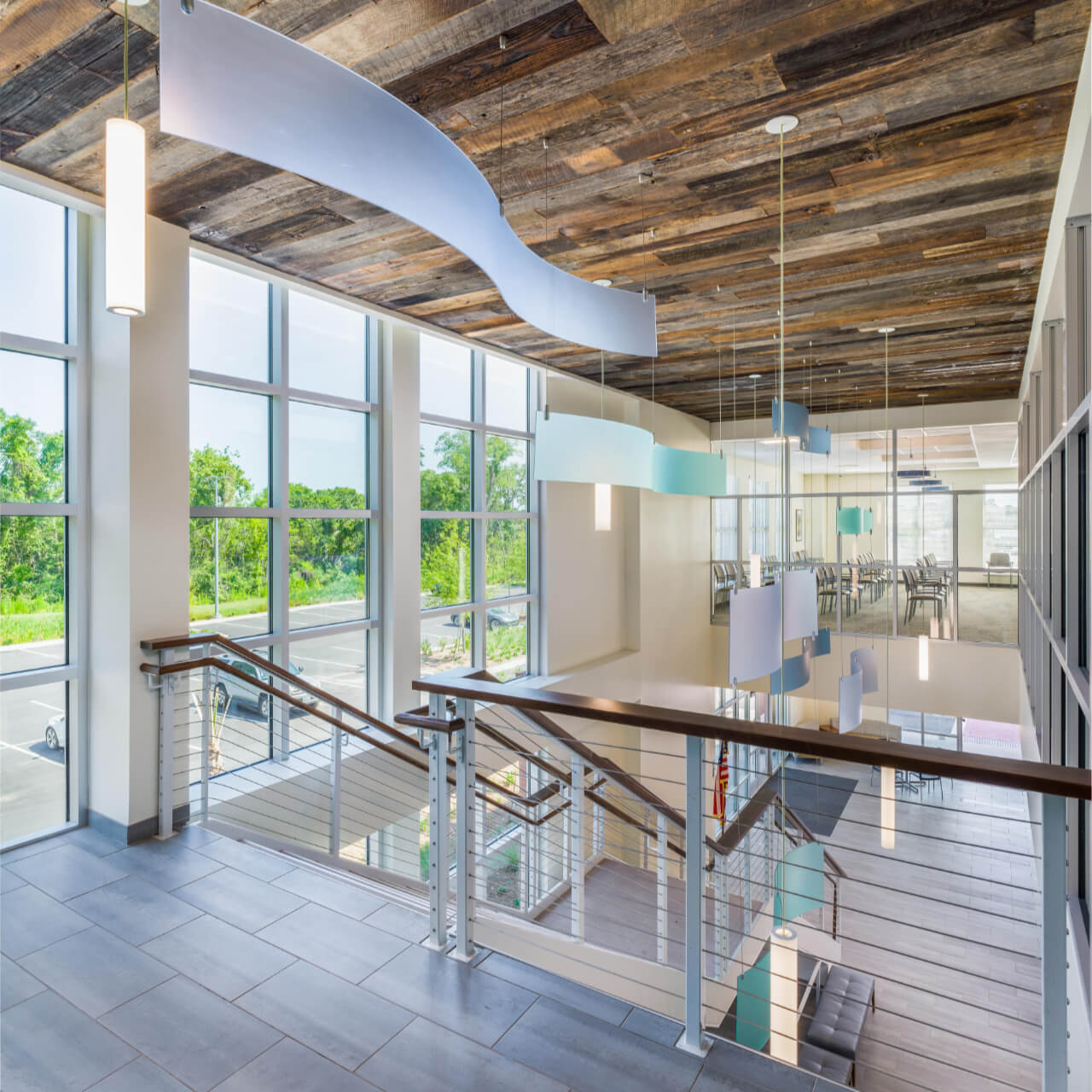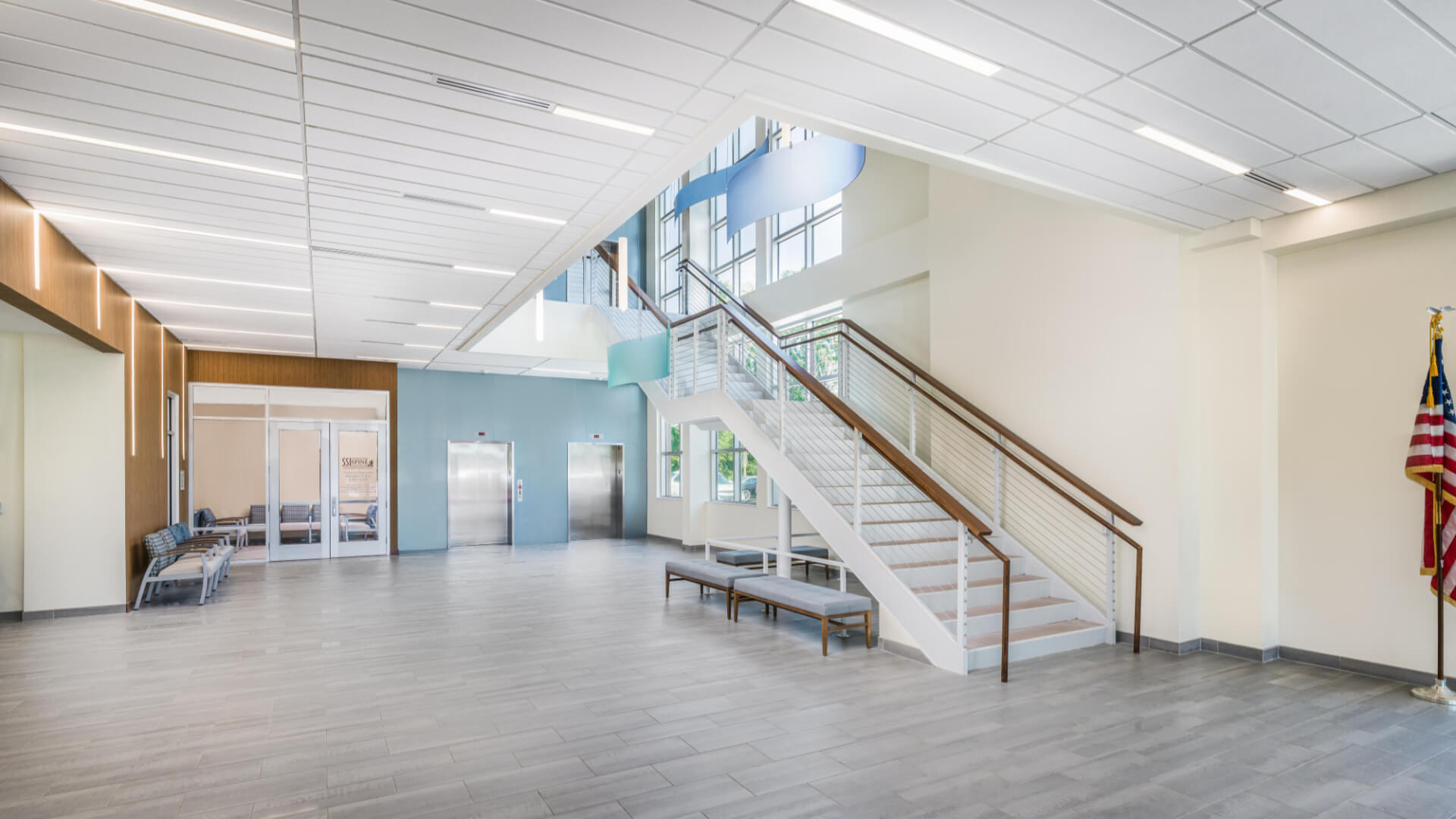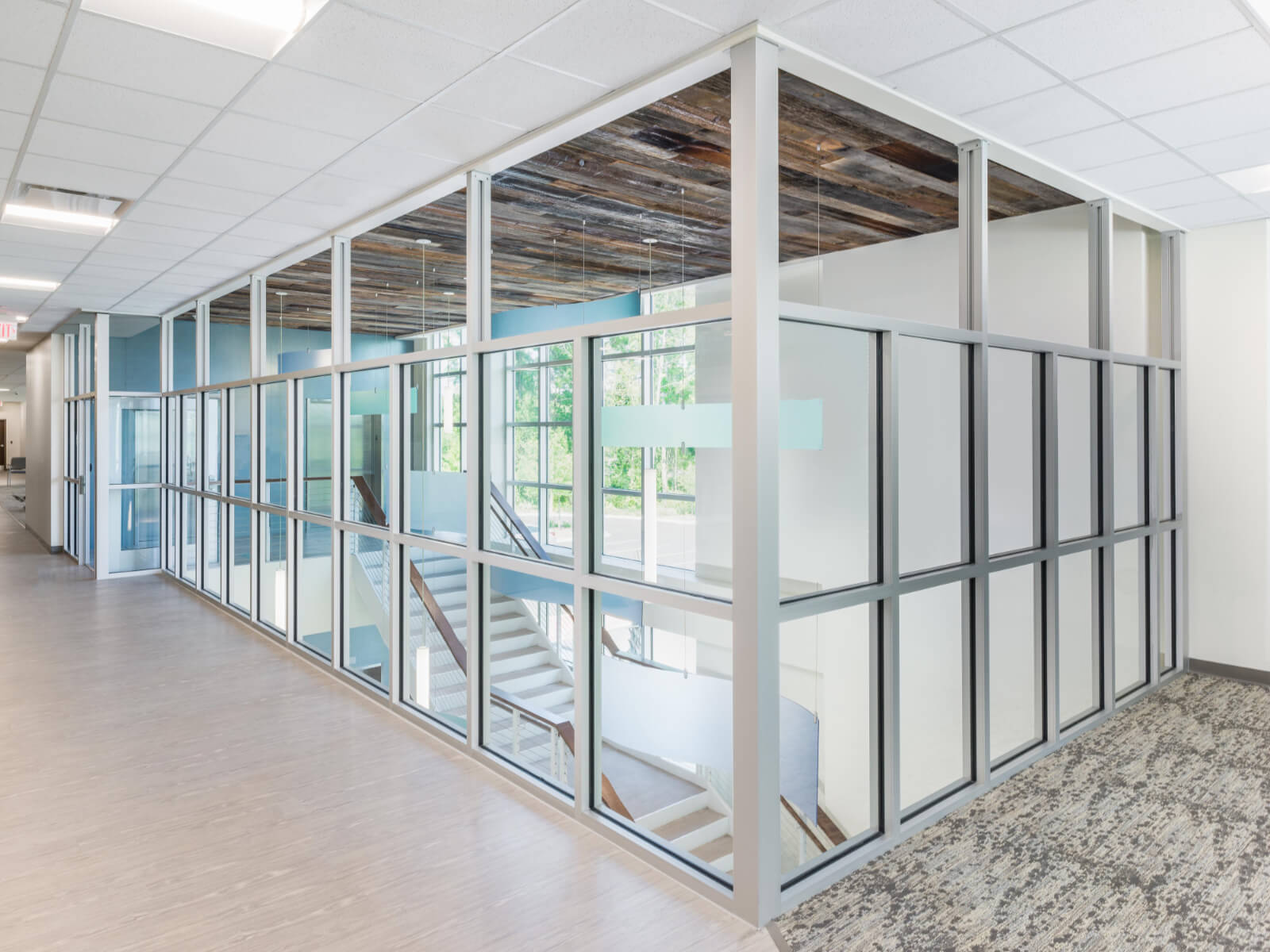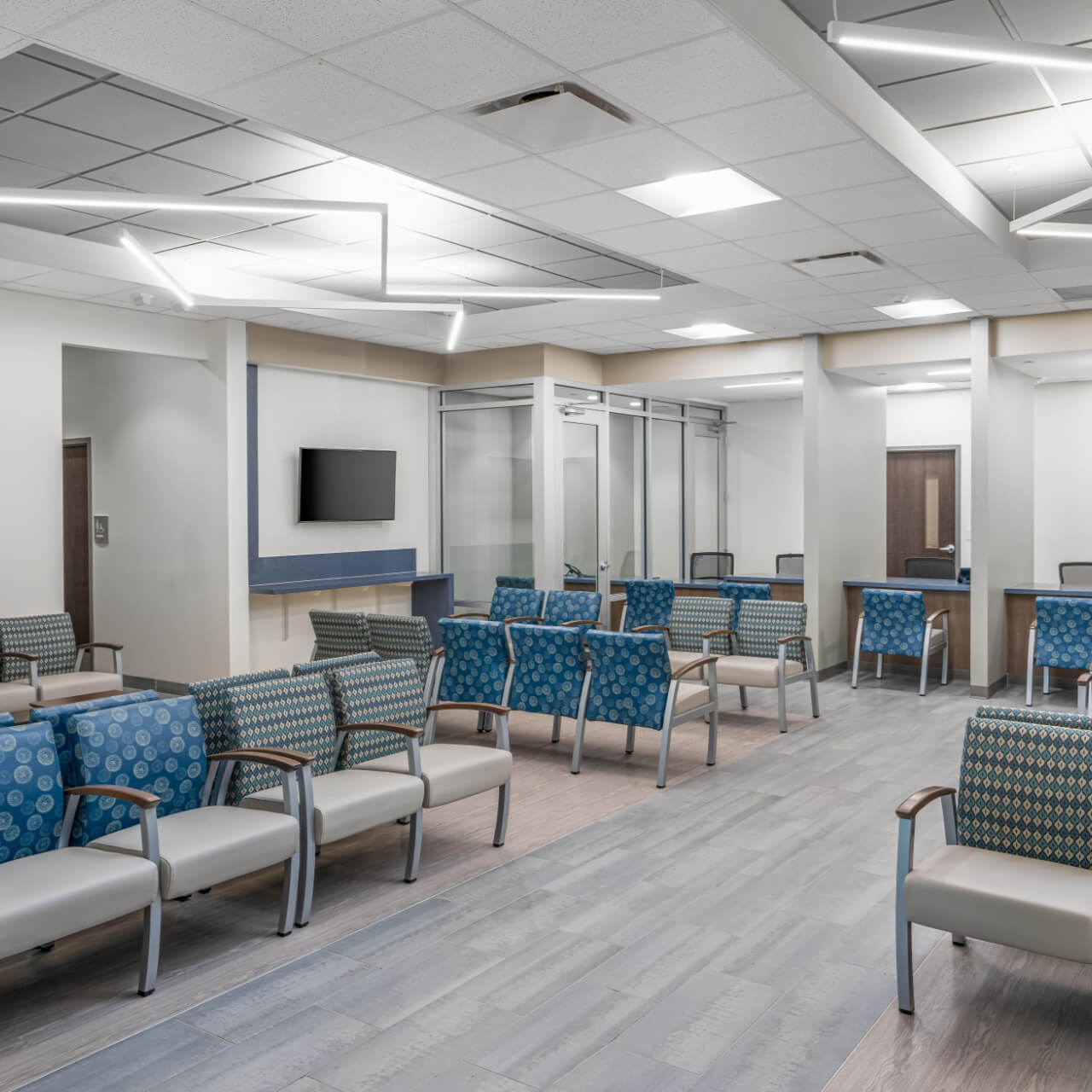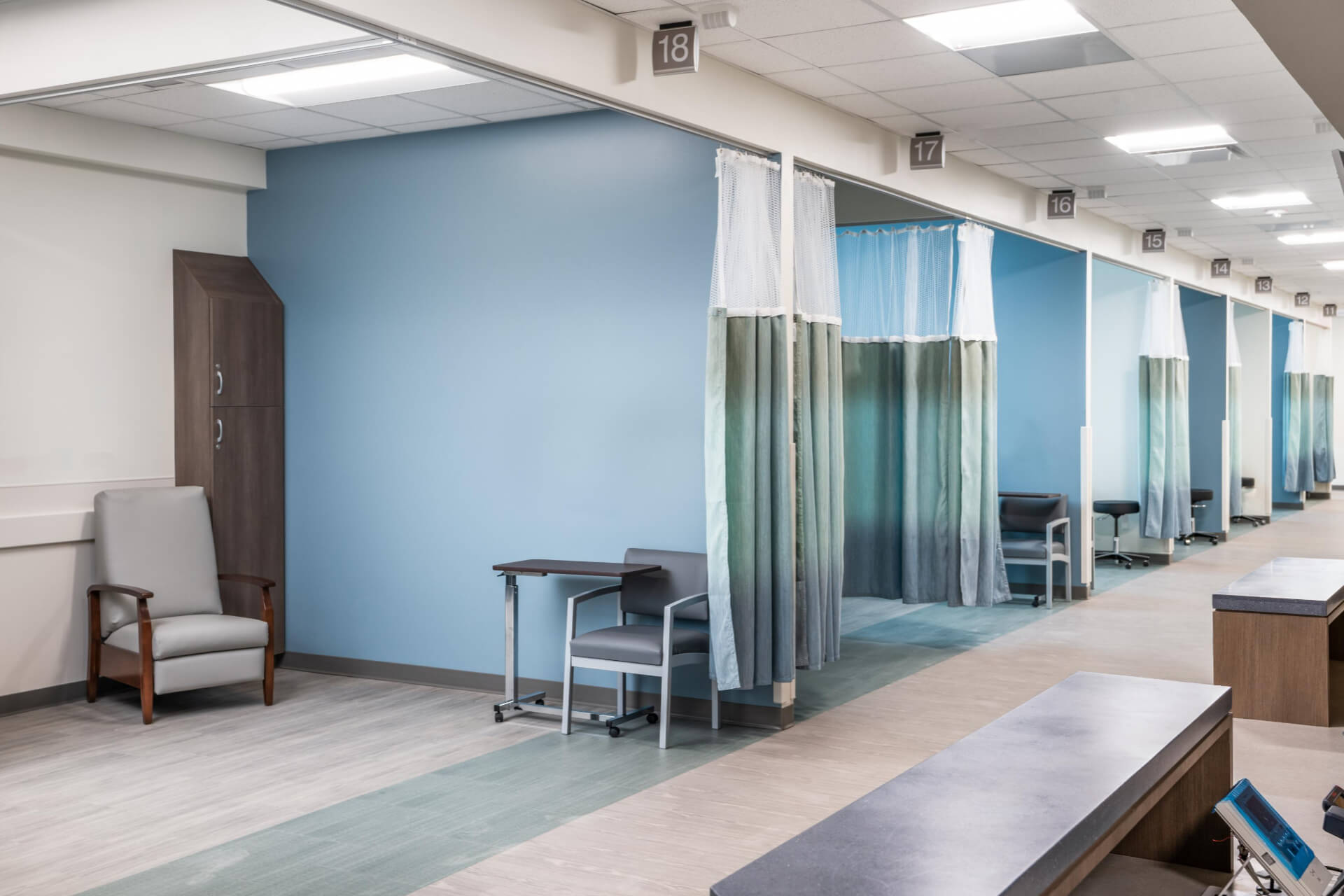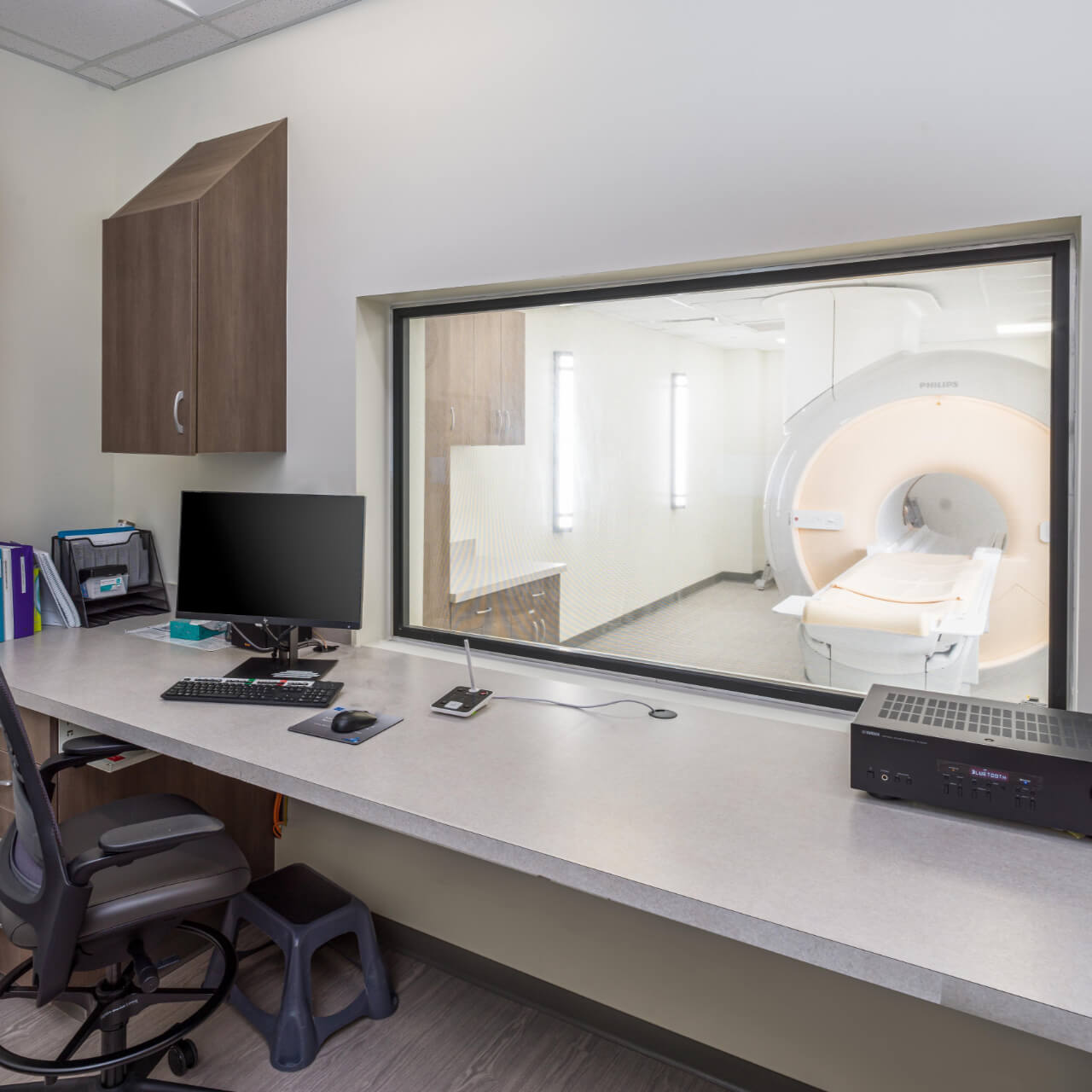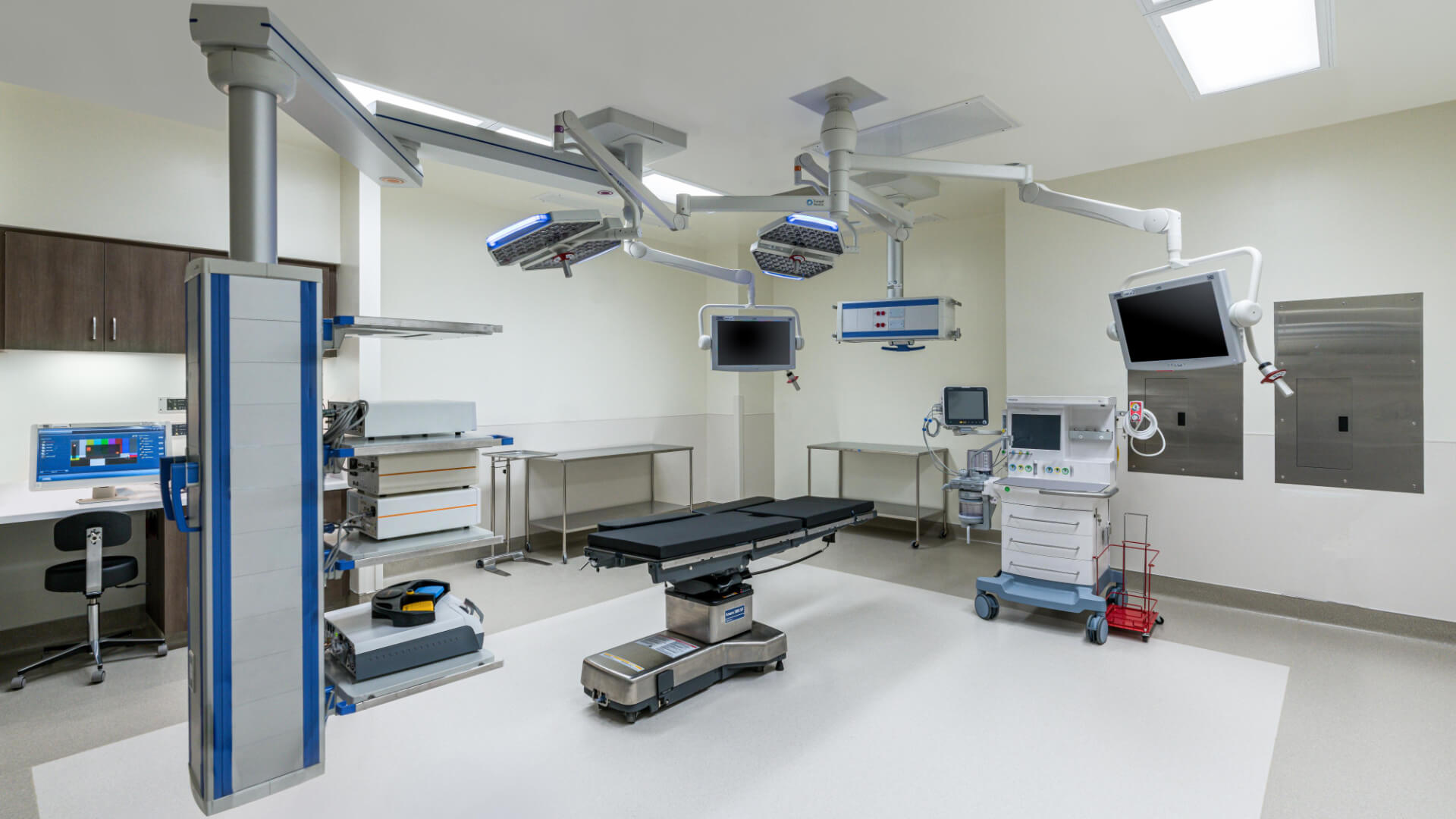Southeastern Spine Institute (SSI)
High Design in the Lowcountry
This medical office building was a build-to-suit project in which the Developer/Owner selected Novus as part of a design/build team to work with them and the tenant (SSI) to design a new consolidated campus for their practice.
The program took the existing practice, which had been situated in two separate buildings, and recreated it with built-in growth factors. The design included:
a 4 OR/Procedure Room Ambulatory Surgery Center, with a 2 MRI imaging department on the first floor
a multi-specialty spine clinic on the 2nd floor consisting of 52 exam rooms, X-Ray
A physician’s department
a Physical Therapy clinic, testing lab, and administrative space on the 3rd floor.
The project site is part of a Planned Unit Development established for the East Cooper Medical Center in which architectural guidelines were adopted to create a campus environment surrounding the hospital’s presence.
The building has a total of 7 entrances and exits, and 5 canopies arranged around the perimeter. It is oriented to present all four sides of the building to the public. On 3 of the four corners of the building, Imaging spaces, ORs, mechanical rooms, and recovery bays preclude the building from having fenestration. Those corners also happen to be prominent massing opportunities to present the building from afar and provide signage opportunities.
Playing off of the hospital’s use of large bracketed cornices, the design incorporates a one-story masonry base with limited appearance of fenestration to coincide with the plan, and vertically oriented fenestration patterns on the upper floors with cladding delineations to create a tower-like verticality. The corner tower-like masses are topped with a large bracketed cornices that complement the architectural language on the campus. The same vertical element was used to create the grand vertical circulation core and show its presence from the interior to the exterior of the building.
The material strategy makes use of familiar materials used throughout the campus in new arrangements and configurations to allow the building to have its own distinct identity, but also a familiar one to the campus. On the interior, there is a common entrance lobby with grand stair opening and exposed elevator lobbies that provide a sense of grandeur and verticality within a relatively small volume of space. The common lobby ties together the imaging department, ASC, and 2nd floor clinic entrances visually from the main entrance providing a sense of building campus as well as wayfinding elements for patients.
Finishes within the space are both elegant and playful, with use of integral linear light fixtures that turn from the ceiling down the wall in a repeated pattern resembling that of a spinal arrangement of bones. Acrylic light lenses in the grand stair shaft were custom designed to mimic SSI’s logo, which also simulates the natural curve of the spine.
